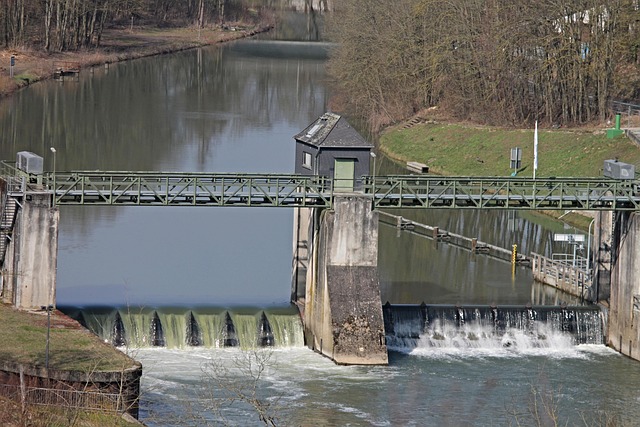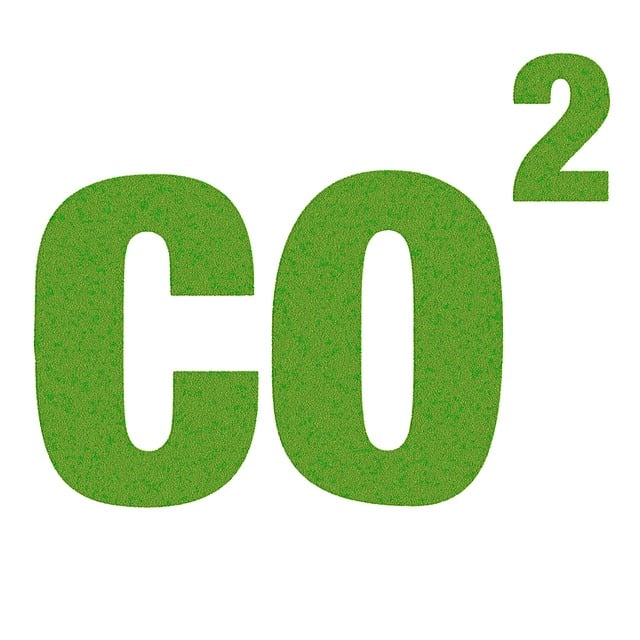The Select Emissions Regulations, derived from the Clean Air Act, aim to combat air pollution by targeting industrial exhaust controls, particularly PM2.5 and NOx. These regulations enforce stricter limits in areas with poor air quality, encouraging advanced emission control technologies and cleaner production methods. Regulators implement stringent testing, offer incentives for green tech, and monitor emissions from various sources like biomass energy, water pollution control, and landfill gas capture to ensure compliance, driving industry sustainability and mitigating environmental degradation.
In the ever-evolving landscape of environmental governance, understanding regulators’ expectations for compliance is paramount, especially concerning Select Emissions Standards. This comprehensive guide navigates the intricate world of these regulations, offering insights into key strategies for entities striving to meet stringent requirements. From deciphering complex standards to mastering monitoring and reporting, we explore actionable steps. Furthermore, we delve into enforcement actions and their implications, emphasizing the importance of proactive compliance in the face of stricter environmental oversight, particularly regarding Select Emissions Regulations.
- Understanding Select Emissions Standards
- Key Compliance Strategies for Regulators
- Monitoring and Reporting Requirements
- Enforcement Actions & Implications
Understanding Select Emissions Standards

The Select Emissions Regulations, stemming from the Clean Air Act Amendments, are a set of stringent guidelines aimed at reducing air pollution and improving overall air quality. These regulations specifically target industrial facility exhaust controls, focusing on emissions that contribute to haze and wildfire smoke. By mandating more rigorous emission standards, regulators seek to mitigate the adverse effects of pollutants on both urban and rural environments.
Key aspects of these standards include implementing stricter limits on various pollutants, such as fine particulate matter (PM2.5) and nitrogen oxides (NOx), especially in regions where air quality has historically been poor. The regulations also promote the adoption of advanced technologies for controlling emissions from industrial sources, including advanced combustion processes, scrubbers, and filters. This shift towards cleaner production methods is not only beneficial for the environment but also fosters a more sustainable and healthy future for all.
Key Compliance Strategies for Regulators

In navigating the complex landscape of regulatory compliance, particularly with regards to Select Emissions Regulations, regulators employ a multifaceted approach to ensure environmental stewardship and public safety. Key strategies include stringent testing protocols for vehicles and machinery, designed to meet or exceed global vehicle emission norms. This involves rigorous assessments of electricity generation emissions, ensuring that industrial processes and transportation systems adhere to the latest environmental standards.
Additionally, regulators incentivize innovation in cleaner technologies and sustainable practices. Stricter automotive emissions rules prompt manufacturers to invest in cutting-edge solutions, leading to advancements in electric vehicles (EVs) and hybrid models. By setting ambitious emission reduction targets and implementing these key compliance strategies, regulators play a pivotal role in shaping a greener future, addressing not just the immediate challenges of pollution but also fostering a long-term commitment to environmental sustainability.
Monitoring and Reporting Requirements

Regulators’ expectations for compliance encompass rigorous monitoring and reporting requirements to ensure adherence to Select Emissions Regulations. These stringent protocols demand continuous tracking of emissions, with particular focus on those associated with biomass energy, water pollution control measures, and landfill gas capture. Companies must provide detailed reports on their emission sources, quantities, and mitigation strategies, ensuring transparency and accountability.
Beyond these, air quality health advisories play a crucial role in shaping compliance standards. As renewable energy promotion laws gain traction, the industry faces heightened scrutiny to balance environmental benefits with potential biomass energy emission concerns. Effective monitoring and reporting are indispensable for regulators to gauge progress, identify gaps, and implement necessary adjustments to uphold environmental integrity.
Enforcement Actions & Implications

Enforcement actions play a pivotal role in shaping industries’ compliance with select emissions regulations. When regulators detect non-compliance, they often issue formal notices and, if issues persist, can invoke severe penalties, including fines, license revocations, or even criminal charges. These actions serve as powerful deterrents, underscoring the importance of adhering to environmental standards. For instance, violations of chemical plant emission controls can lead to not only financial consequences but also pose risks to nearby communities and the stratospheric ozone layer preservation.
Local pollution control initiatives and green building emission standards have become key components in the global fight against climate change emission mitigation. Industries found non-compliant with these regulations face increased scrutiny, prompting them to reassess their practices and invest in more sustainable operations. This proactive approach not only helps meet regulatory expectations but also contributes to broader efforts in combating environmental degradation, ensuring a cleaner and healthier future for all.
In navigating the complex landscape of Select Emissions Regulations, understanding and adhering to key compliance strategies are paramount. Effective monitoring and reporting, coupled with a proactive approach, are essential for avoiding enforcement actions and their potential implications. By prioritizing these regulatory expectations, businesses can ensure they remain in compliance, contribute to environmental stewardship, and operate smoothly within this stringent framework.
